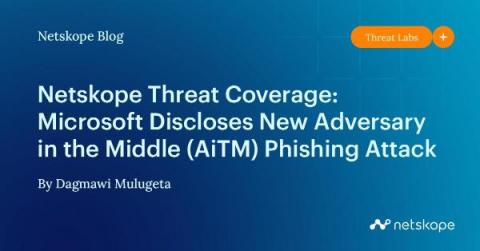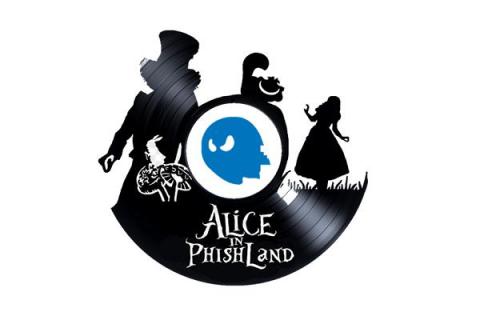3 Key Elements for Payment Fraud Prevention in 2022 and Beyond
A San Francisco-based bank recently disclosed the results of a payment fraud investigation that uncovered ATM skimming attempts at the bank’s terminals across the United States. Fraudsters installed ATM skimming devices in several branches and used them to skim customer account information. The bank was understandably concerned that the stolen data would be used to create fake debit cards and attempt cash withdrawals.










